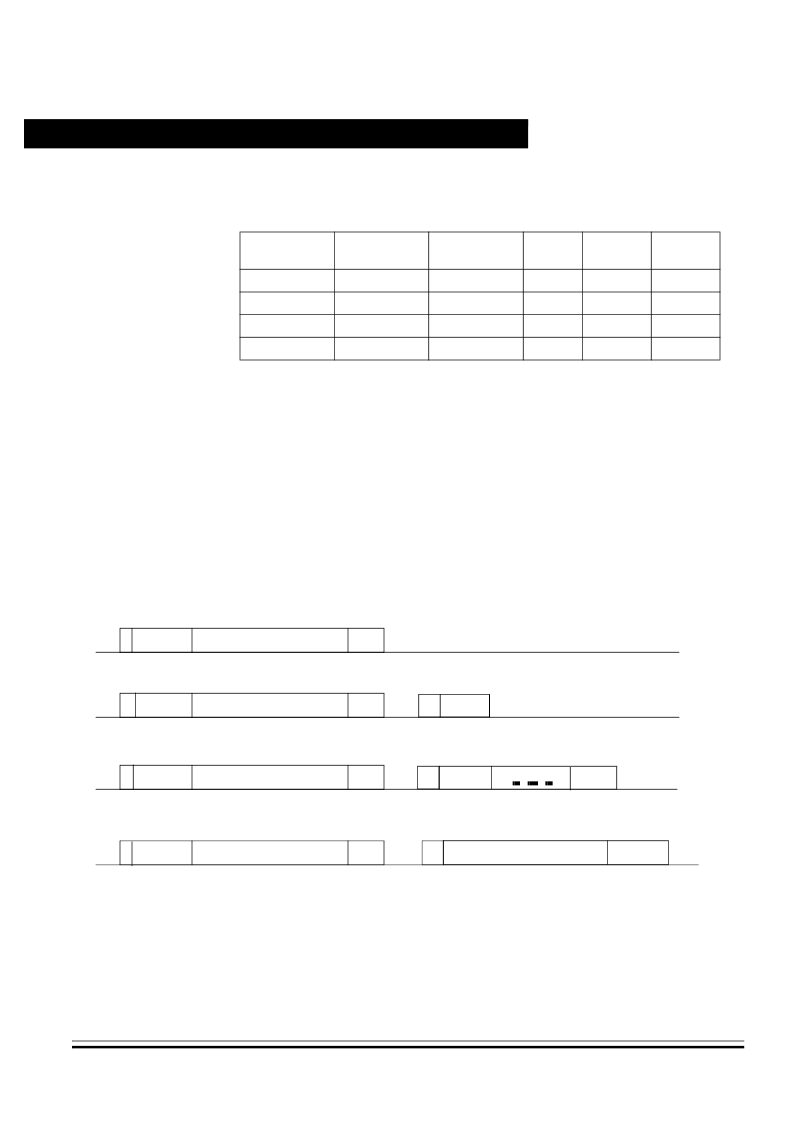- 您現在的位置:買賣IC網 > PDF目錄371047 > MC68HC08AS32AVFU (MOTOROLA INC) Microcontrollers PDF資料下載
參數資料
| 型號: | MC68HC08AS32AVFU |
| 廠商: | MOTOROLA INC |
| 元件分類: | 微控制器/微處理器 |
| 英文描述: | Microcontrollers |
| 中文描述: | 8-BIT, MROM, 8.4 MHz, MICROCONTROLLER, PQFP64 |
| 封裝: | QFP-64 |
| 文件頁數: | 90/296頁 |
| 文件大小: | 2291K |
| 代理商: | MC68HC08AS32AVFU |
第1頁第2頁第3頁第4頁第5頁第6頁第7頁第8頁第9頁第10頁第11頁第12頁第13頁第14頁第15頁第16頁第17頁第18頁第19頁第20頁第21頁第22頁第23頁第24頁第25頁第26頁第27頁第28頁第29頁第30頁第31頁第32頁第33頁第34頁第35頁第36頁第37頁第38頁第39頁第40頁第41頁第42頁第43頁第44頁第45頁第46頁第47頁第48頁第49頁第50頁第51頁第52頁第53頁第54頁第55頁第56頁第57頁第58頁第59頁第60頁第61頁第62頁第63頁第64頁第65頁第66頁第67頁第68頁第69頁第70頁第71頁第72頁第73頁第74頁第75頁第76頁第77頁第78頁第79頁第80頁第81頁第82頁第83頁第84頁第85頁第86頁第87頁第88頁第89頁當前第90頁第91頁第92頁第93頁第94頁第95頁第96頁第97頁第98頁第99頁第100頁第101頁第102頁第103頁第104頁第105頁第106頁第107頁第108頁第109頁第110頁第111頁第112頁第113頁第114頁第115頁第116頁第117頁第118頁第119頁第120頁第121頁第122頁第123頁第124頁第125頁第126頁第127頁第128頁第129頁第130頁第131頁第132頁第133頁第134頁第135頁第136頁第137頁第138頁第139頁第140頁第141頁第142頁第143頁第144頁第145頁第146頁第147頁第148頁第149頁第150頁第151頁第152頁第153頁第154頁第155頁第156頁第157頁第158頁第159頁第160頁第161頁第162頁第163頁第164頁第165頁第166頁第167頁第168頁第169頁第170頁第171頁第172頁第173頁第174頁第175頁第176頁第177頁第178頁第179頁第180頁第181頁第182頁第183頁第184頁第185頁第186頁第187頁第188頁第189頁第190頁第191頁第192頁第193頁第194頁第195頁第196頁第197頁第198頁第199頁第200頁第201頁第202頁第203頁第204頁第205頁第206頁第207頁第208頁第209頁第210頁第211頁第212頁第213頁第214頁第215頁第216頁第217頁第218頁第219頁第220頁第221頁第222頁第223頁第224頁第225頁第226頁第227頁第228頁第229頁第230頁第231頁第232頁第233頁第234頁第235頁第236頁第237頁第238頁第239頁第240頁第241頁第242頁第243頁第244頁第245頁第246頁第247頁第248頁第249頁第250頁第251頁第252頁第253頁第254頁第255頁第256頁第257頁第258頁第259頁第260頁第261頁第262頁第263頁第264頁第265頁第266頁第267頁第268頁第269頁第270頁第271頁第272頁第273頁第274頁第275頁第276頁第277頁第278頁第279頁第280頁第281頁第282頁第283頁第284頁第285頁第286頁第287頁第288頁第289頁第290頁第291頁第292頁第293頁第294頁第295頁第296頁

Byte Data Link Controller-Digital (BDLC-D)
Data Sheet
MC68HC08AS32A — Rev. 1
90
Byte Data Link Controller-Digital (BDLC-D)
For More Information On This Product,
Go to: www.freescale.com
MOTOROLA
The BDLC supports the in-frame response (IFR) feature of J1850 by setting
these bits correctly. The four types of J1850 IFR are shown below. The purpose
of the in-frame response modes is to allow multiple nodes to acknowledge
receipt of the data by responding with their personal ID or physical address in a
concatenated manner after they have seen the EOD symbol. If transmission
arbitration is lost by a node while sending its response, it continues to transmit
its ID/address until observing its unique byte in the response stream. For VPW
modulation, because the first bit of the IFR is always passive, a normalization
bit (active) must be generated by the responder and sent prior to its ID/address
byte. When there are multiple responders on the J1850 bus, only one
normalization bit is sent which assists all other transmitting nodes to sync up
their response.
Figure 4-20. Types of In-Frame Response (IFR)
Table 4-4. BDLC Transmit In-Frame Response
Control Bit Priority Encoding
Write/Read
TSIFR
Write/Read
TMIFR1
Write/Read
TMIFR0
Actual
TSIFR
Actual
TMIFR1
Actual
TMIFR0
0
0
0
0
0
0
1
X
X
1
0
0
0
1
X
0
1
0
0
0
1
0
0
1
S
HEADER
DATA FIELD
CRC
E
TYPE 0 — NO IFR
HEADER
DATA FIELD
CRC
E
TYPE 3 — MULTIPLE BYTES TRANSMITTED FROM A SINGLE RESPONDER
HEADER
DATA FIELD
CRC
E
TYPE 1 — SINGLE BYTE TRANSMITTED FROM A SINGLE RESPONDER
HEADER
DATA FIELD
CRC
E
TYPE 2 — SINGLE BYTE TRANSMITTED FROM MULTIPLE RESPONDERS
ID1
ID N
IFR DATA FIELD
CRC
NB
NB
NB
ID
S
S
S
E
E
E
E
E
E
E
(OPTIONAL)
NB = Normalization Bit
ID = Identifier (usually the physical address of the responder(s))
F
Freescale Semiconductor, Inc.
n
.
相關PDF資料 |
PDF描述 |
|---|---|
| MC68HC08AS32CAFN | Microcontrollers |
| MC68HC08AS32VAFN | Microcontrollers |
| MC68HC08AS32A | Microcontrollers |
| MC68HC08AS32ACFU | Microcontrollers |
| MC68HC08AS32AFN | Microcontrollers |
相關代理商/技術參數 |
參數描述 |
|---|---|
| MC68HC08AZ0 | 制造商:MOTOROLA 制造商全稱:Motorola, Inc 功能描述:Advance Information |
| MC68HC08AZ0CFU | 制造商:MOTOROLA 制造商全稱:Motorola, Inc 功能描述:Advance Information |
| MC68HC08AZ16 | 制造商:MOTOROLA 制造商全稱:Motorola, Inc 功能描述:HCMOS Microcontroller Unit |
| MC68HC08AZ24 | 制造商:MOTOROLA 制造商全稱:Motorola, Inc 功能描述:HCMOS Microcontroller Unit |
| MC68HC08AZ32 | 制造商:FREESCALE 制造商全稱:Freescale Semiconductor, Inc 功能描述:Advance Information |
發布緊急采購,3分鐘左右您將得到回復。